Free Sustainable Architecture Image Generator
Just imagine, and we'll instantly return a variety of personalized Sustainable Architecture images—designed to bring your creativity to life!
- 4:3
- 3:4
- 1:1

image.state.default
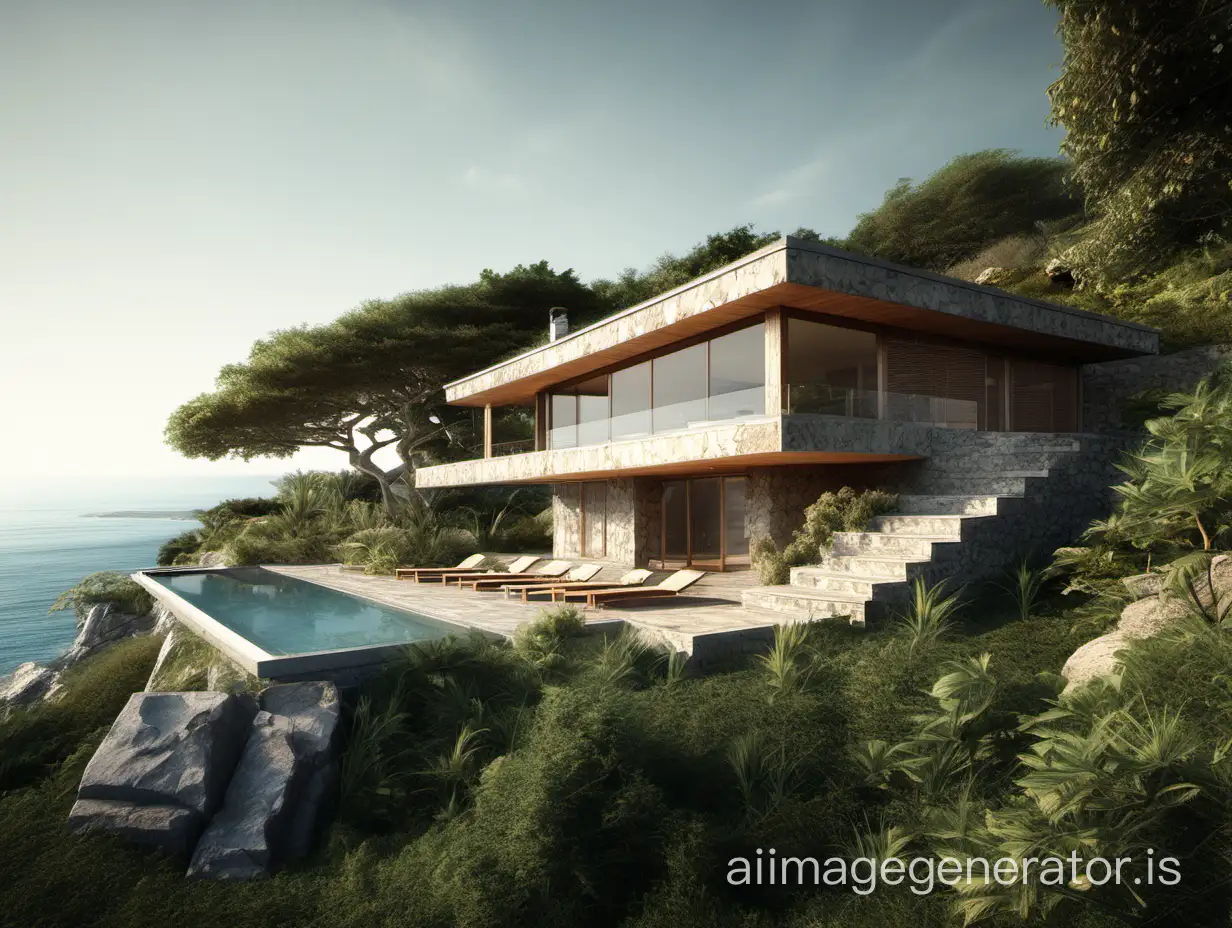
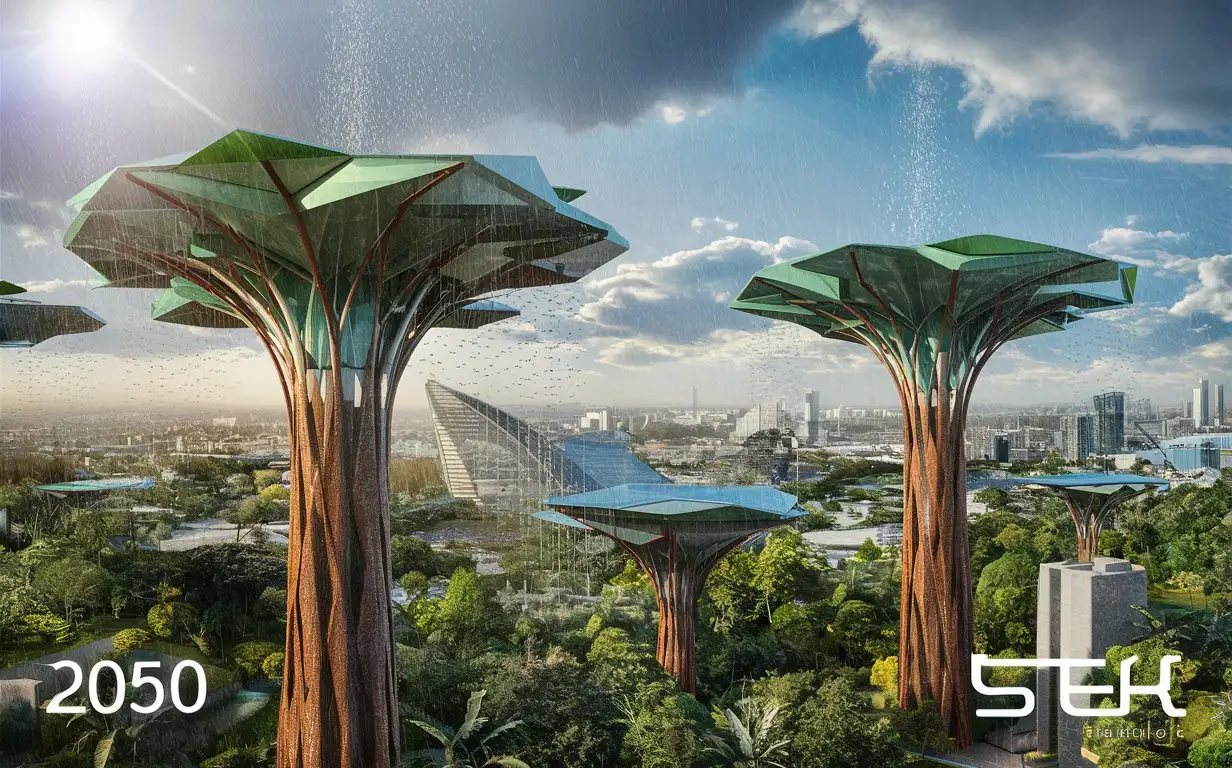
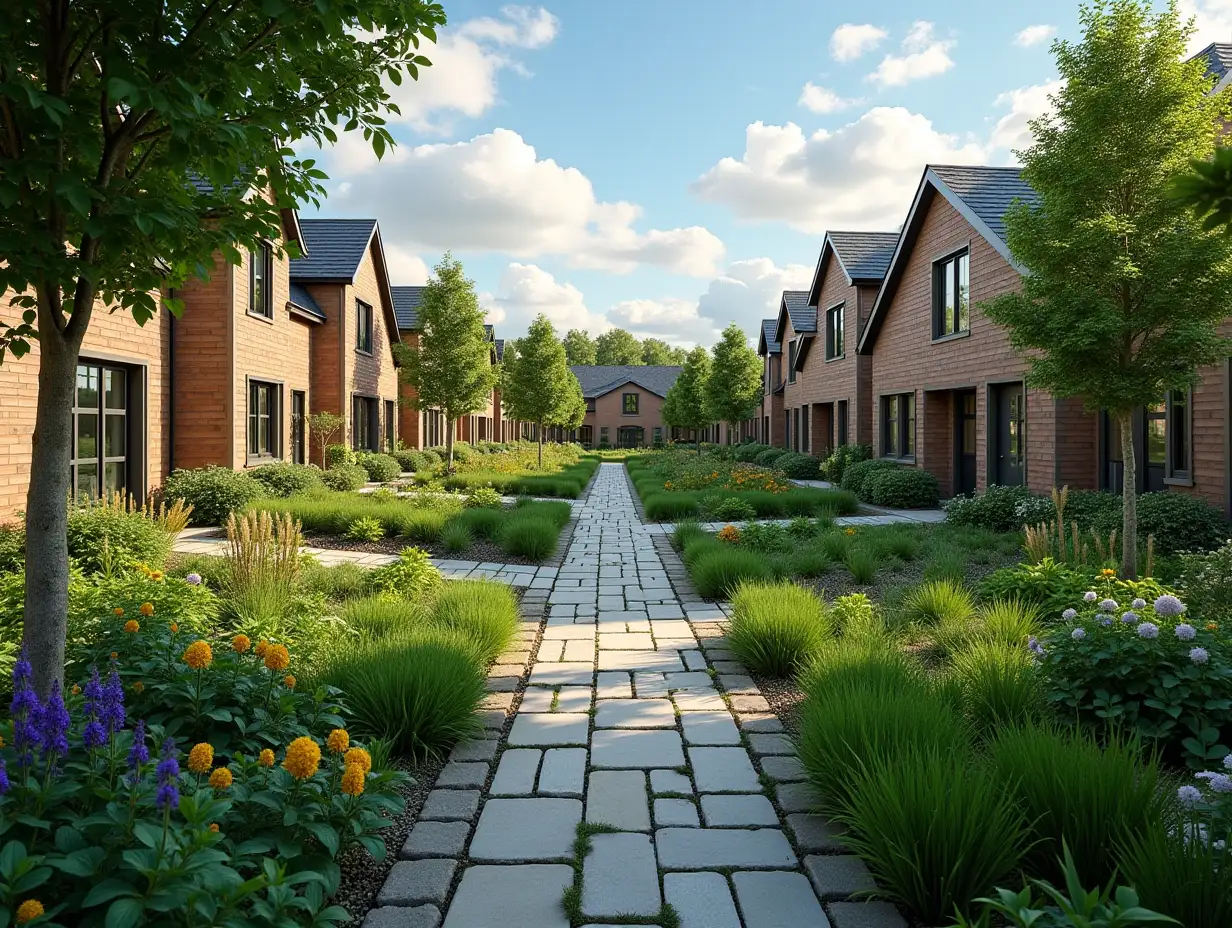

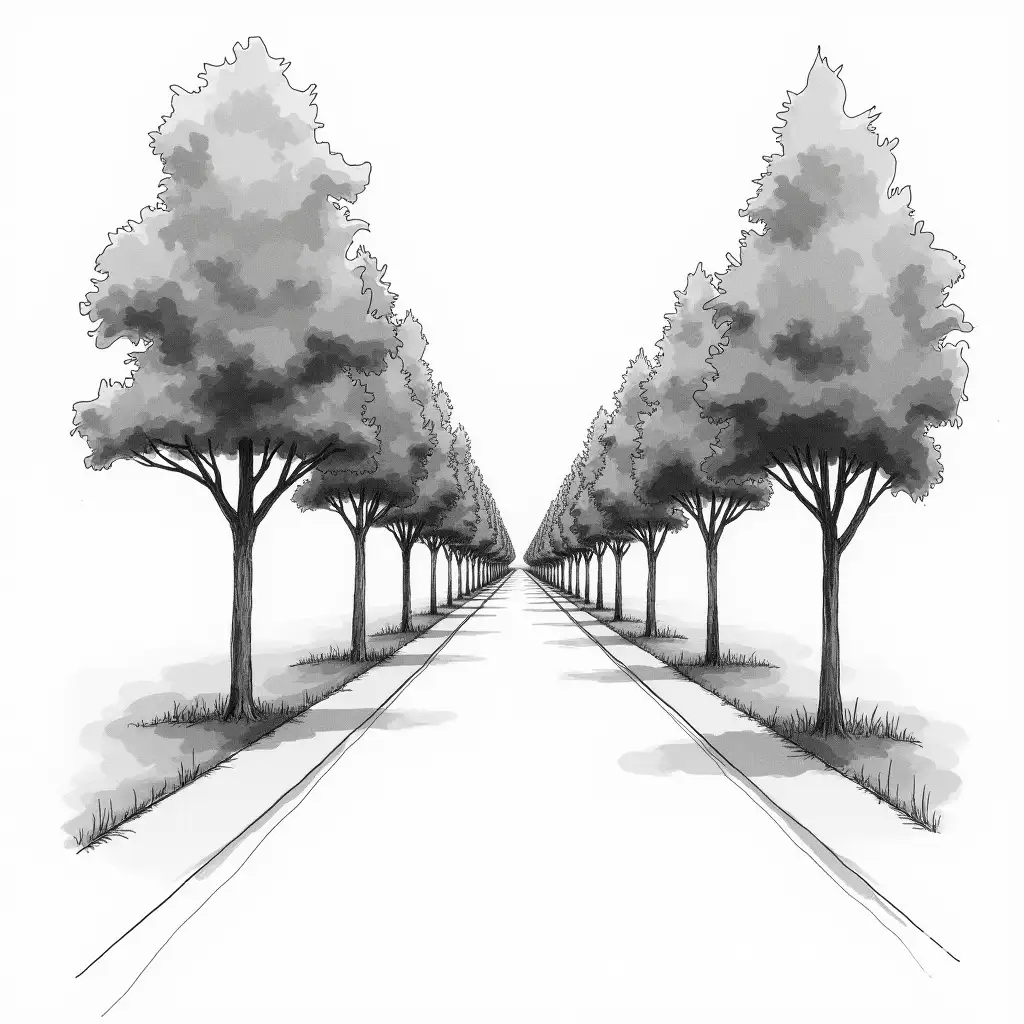
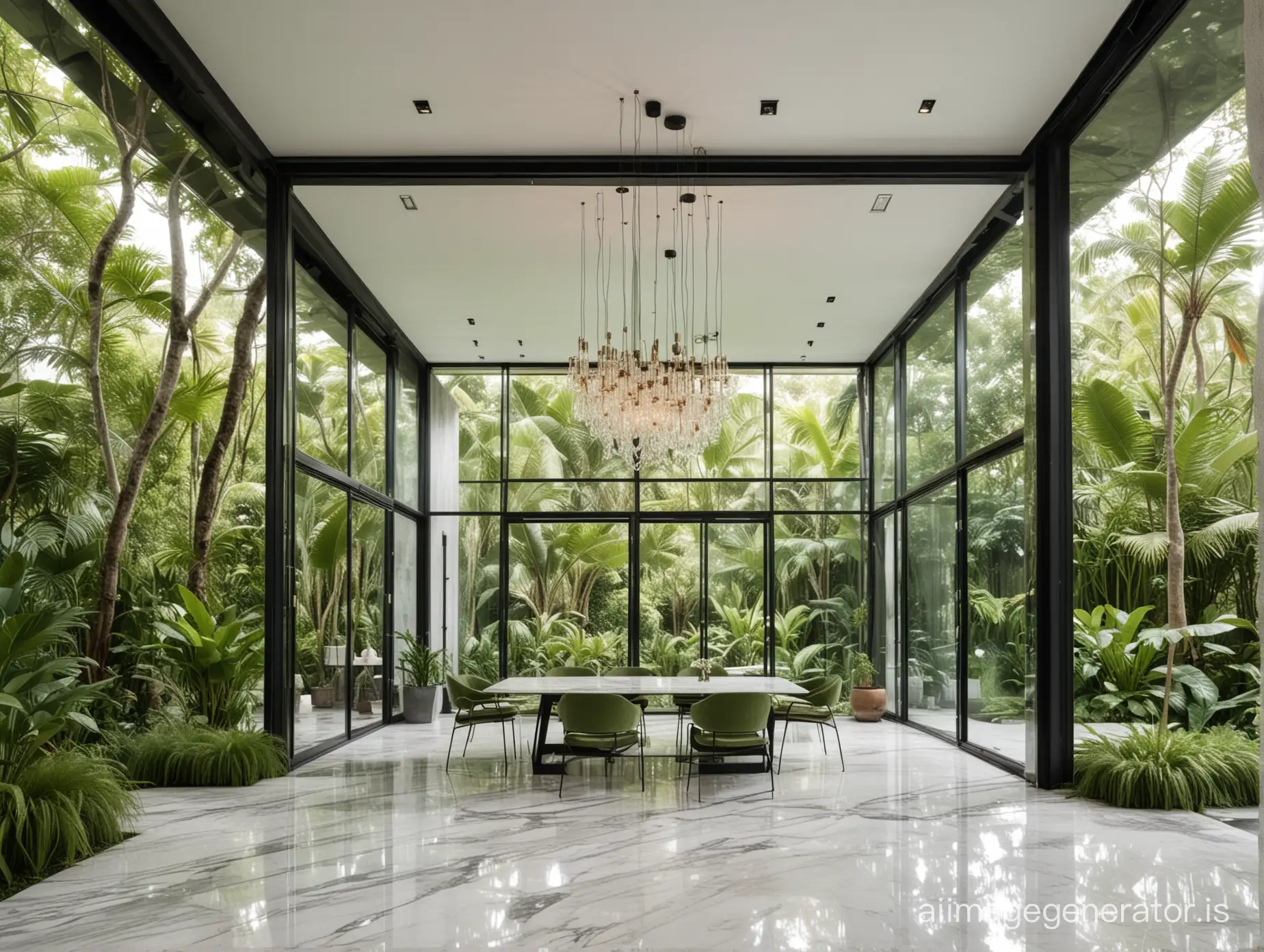
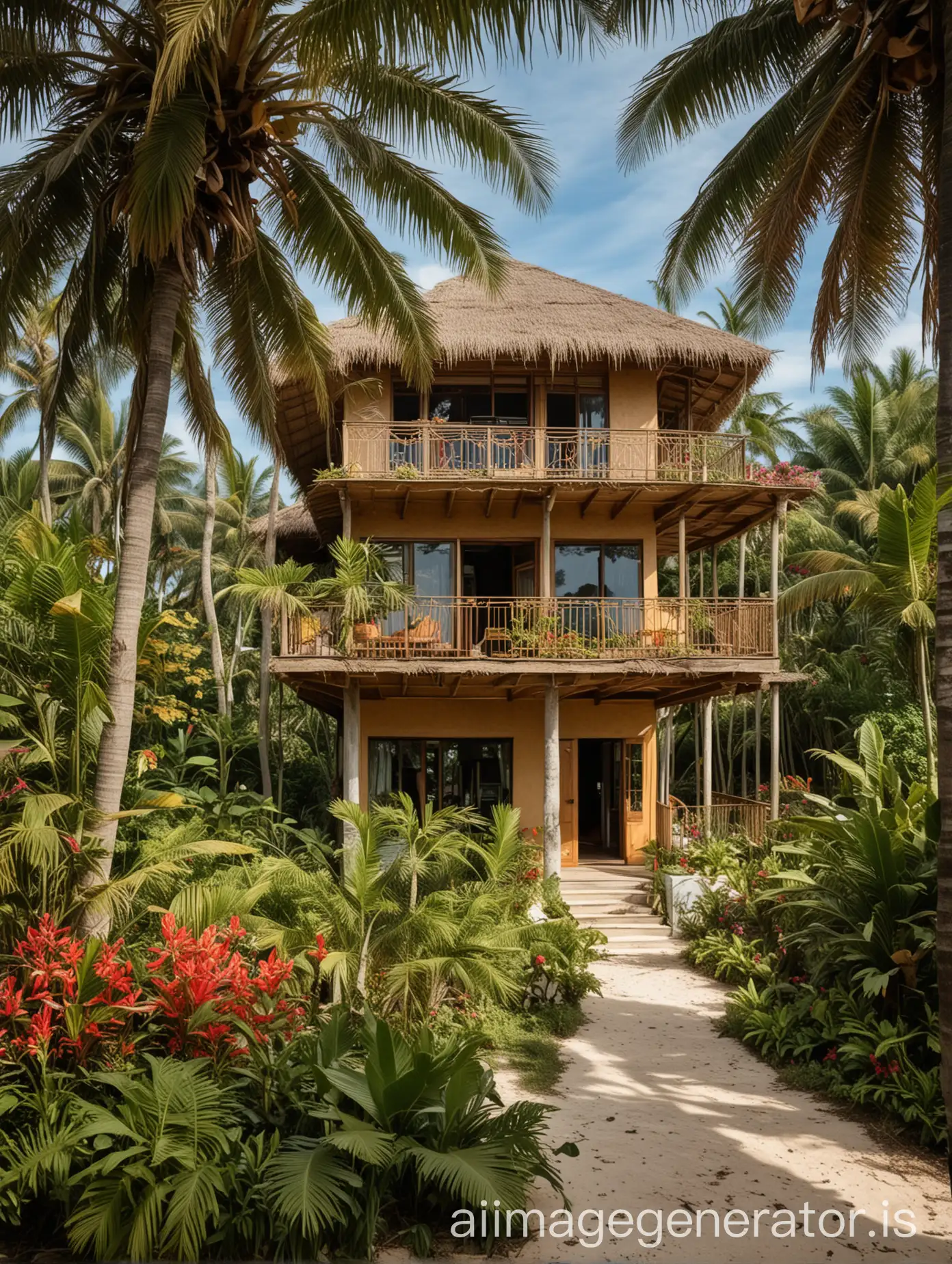

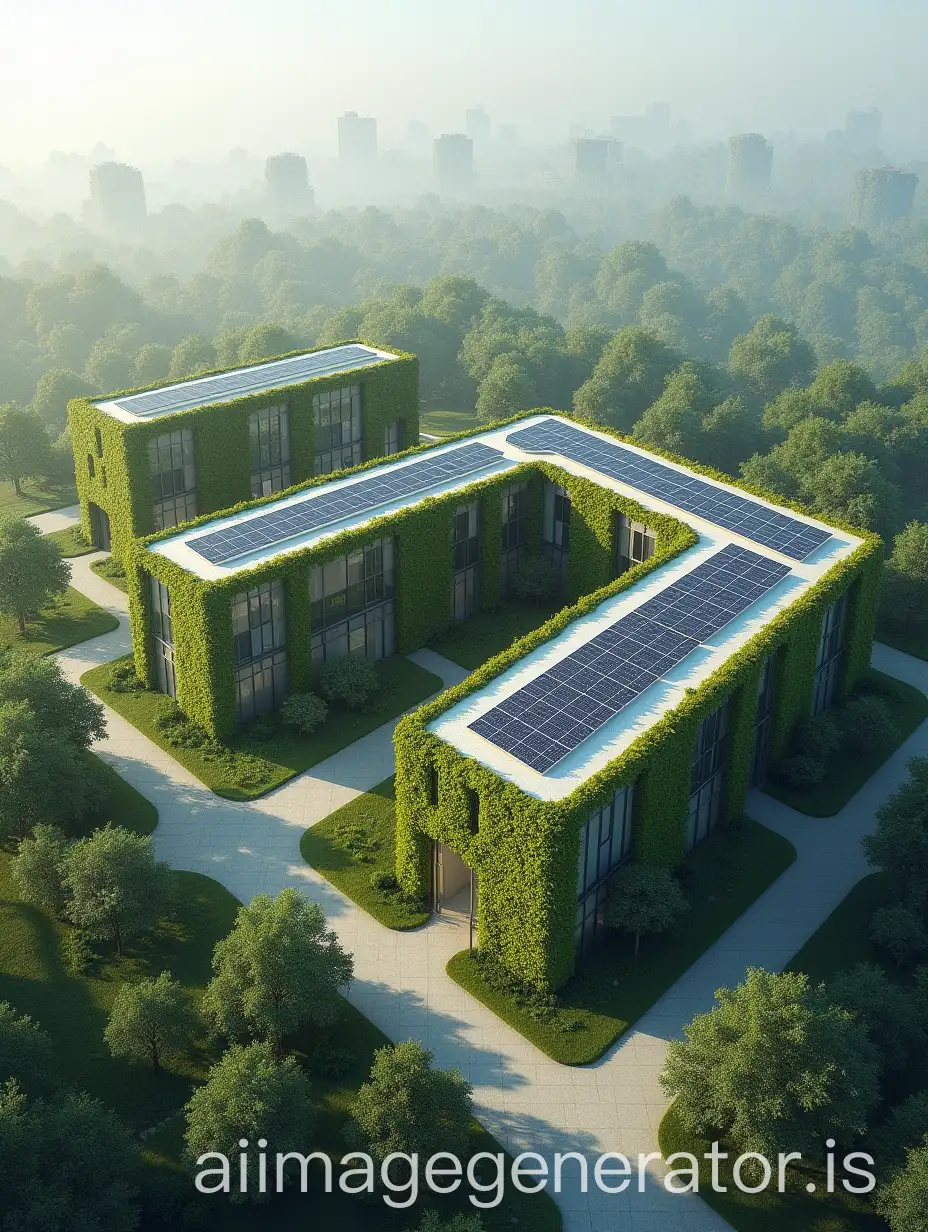


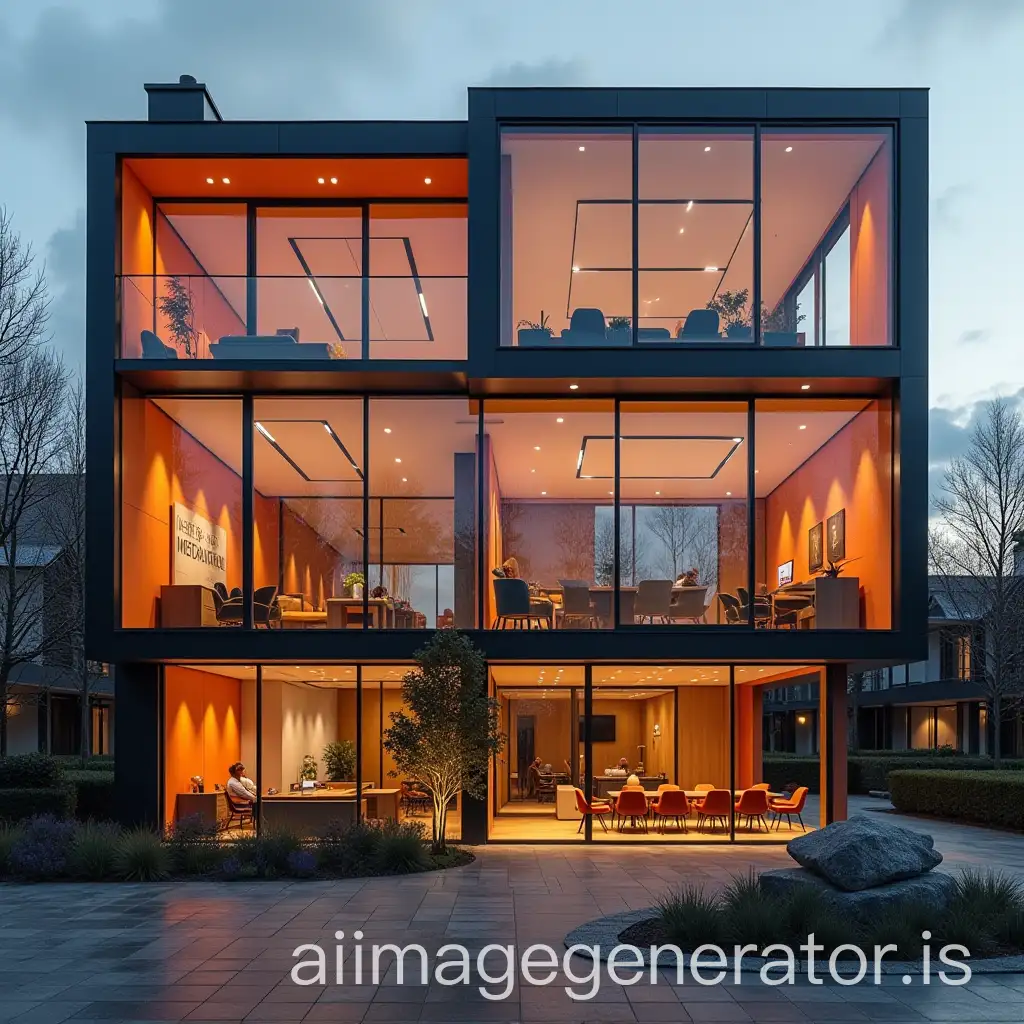
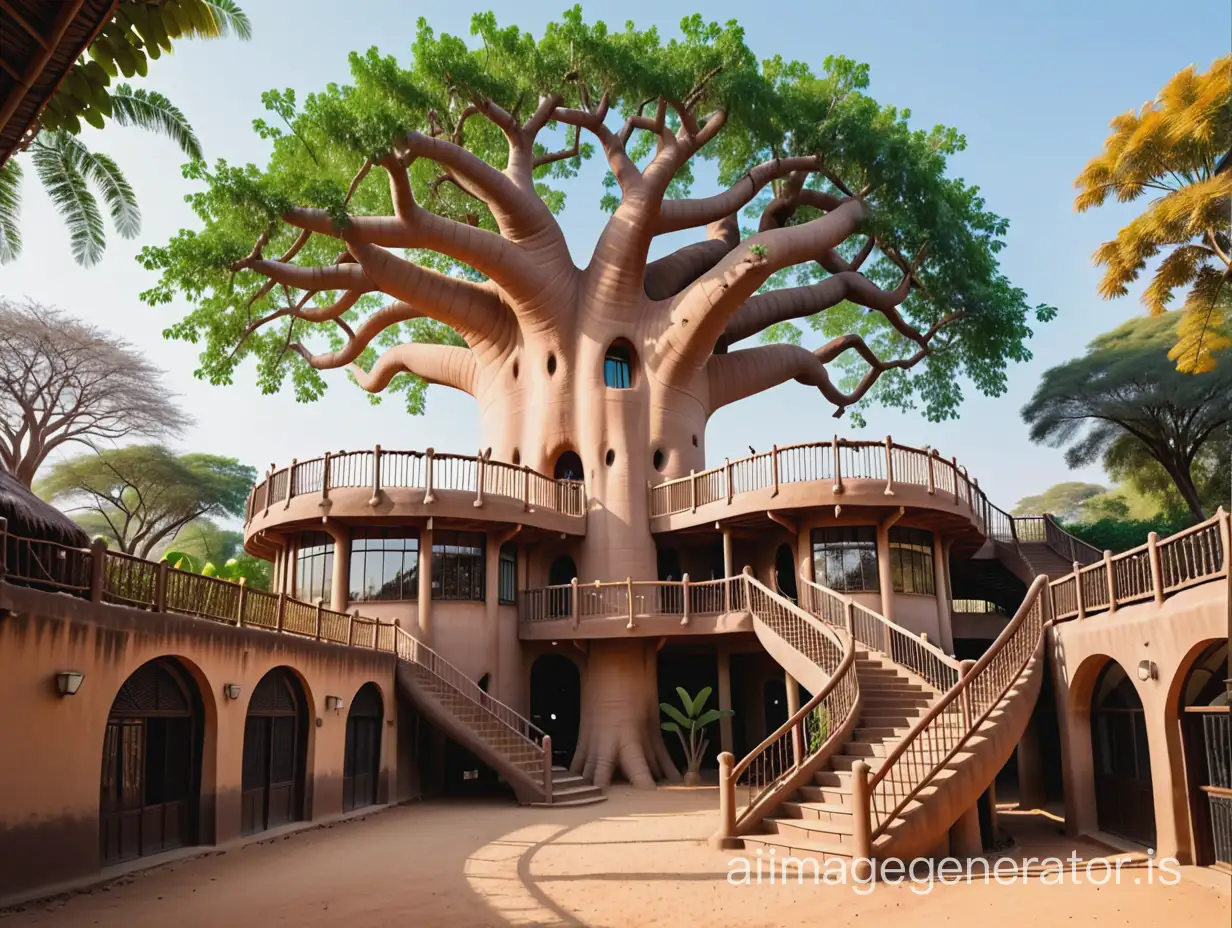
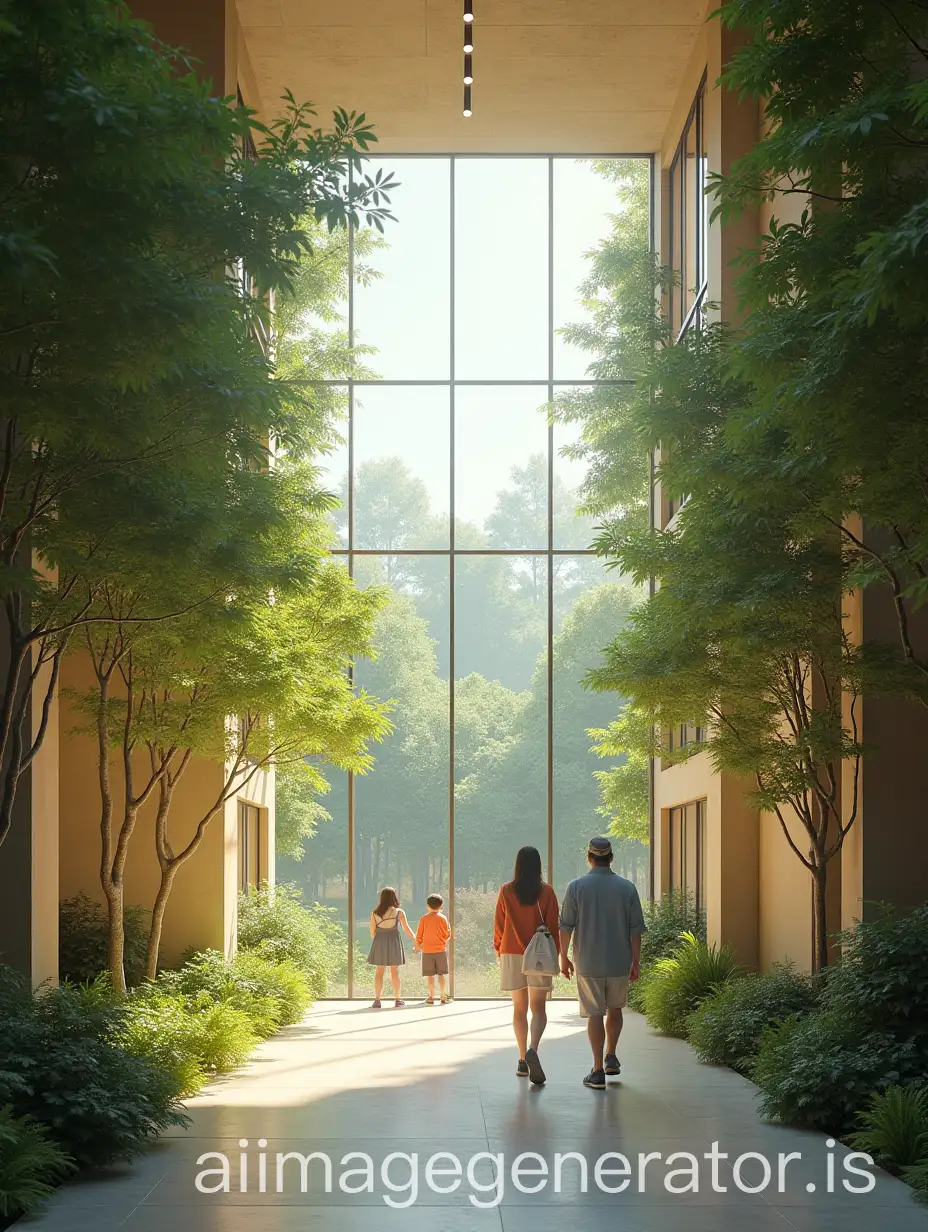
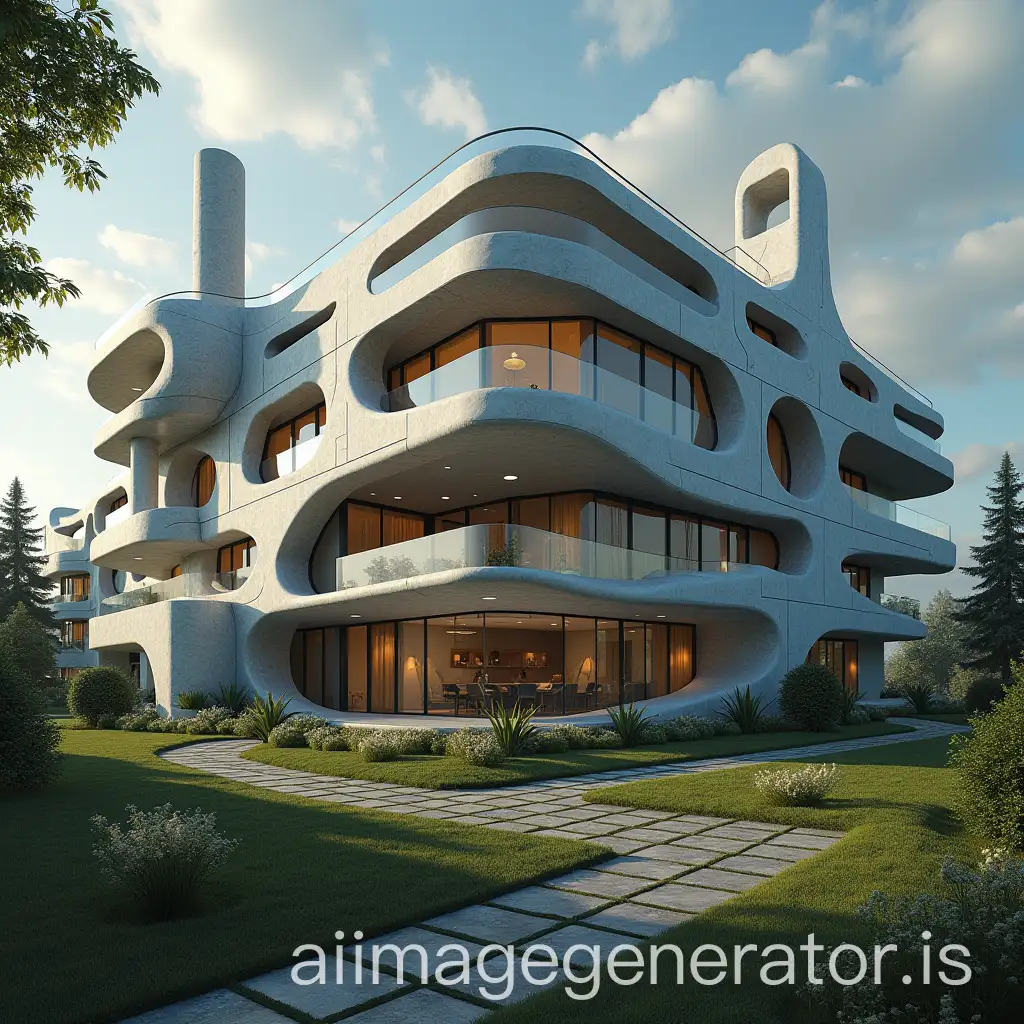

Related Tags
Sustainable Architecture refers to designing buildings with a focus on minimizing environmental impact through energy efficiency, material choice, and waste reduction. This approach began gaining attention in the late 20th century as concerns about climate change and resource depletion rose. The roots of sustainable architecture can be traced to ancient practices, where natural materials and climate considerations played a key role in construction. Today, it integrates modern technology with traditional wisdom to create structures that are not only environmentally friendly but also economically viable.
Understanding Sustainable Architecture: Definition and Background
Sustainable Architecture is characterized by the use of renewable energy sources, efficient insulation, and sustainable materials such as bamboo, recycled metal, and reclaimed wood. Green roofs, solar panels, and rainwater harvesting systems are common features. These elements are designed to reduce carbon footprints and enhance the building's efficiency. In practical applications, sustainable architecture is seen in residential homes, commercial buildings, and public infrastructure. Examples include eco-friendly office spaces, LEED-certified buildings, and community centers with integrated natural landscapes.
Key Features and Practical Applications of Sustainable Architecture
Notable works in sustainable architecture include the Bosco Verticale in Milan, Italy, which incorporates extensive greenery to improve air quality and reduce energy usage, and the Bullitt Center in Seattle, USA, known as the greenest commercial building in the world. Influential architects like Norman Foster, known for the sustainable design of the Hearst Tower in New York, and Ken Yeang, a pioneer in bioclimatic skyscrapers, have significantly advanced the field. These projects and architects demonstrate innovative approaches to integrating sustainability with aesthetic and functional design.
Influential Projects and Pioneers in Sustainable Architecture
The future of sustainable architecture lies in its potential to reshape urban landscapes into eco-friendly environments that support both human and ecological well-being. Emerging trends include the development of smart buildings that use AI to optimize energy use, the incorporation of urban agriculture, and the creation of net-zero energy buildings. As cities expand, sustainable architecture will play a crucial role in mitigating climate change impacts, enhancing quality of life, and promoting sustainable urban development. The integration of advanced technologies and sustainable practices will be pivotal in creating resilient cities for future generations.
The Role of Sustainable Architecture in Shaping Future Cities